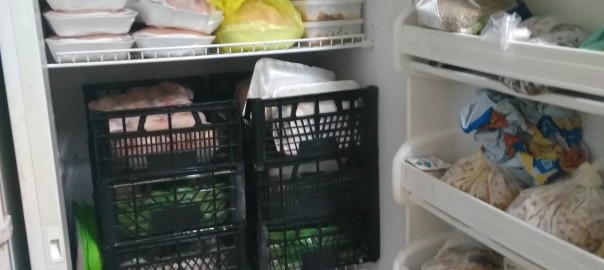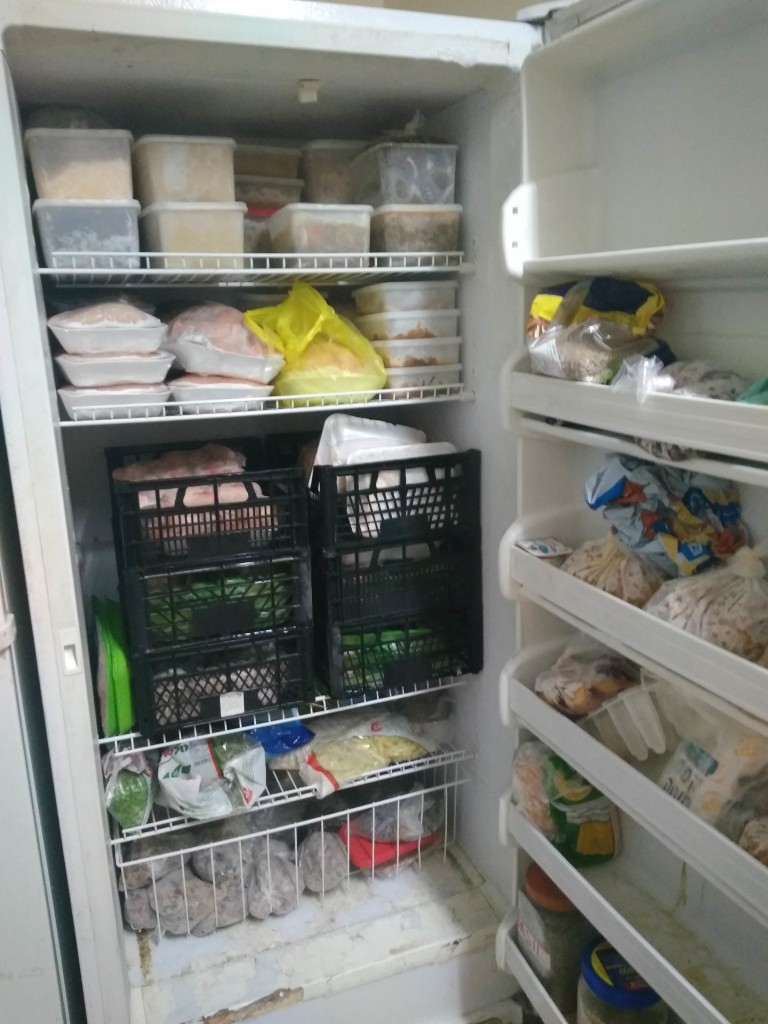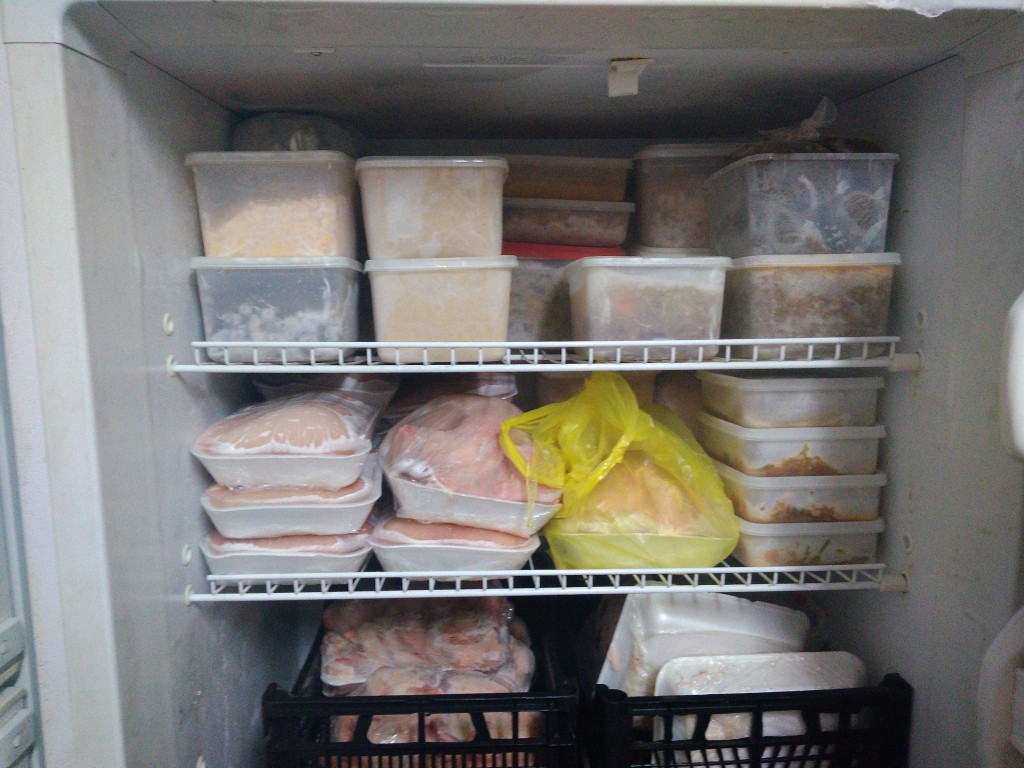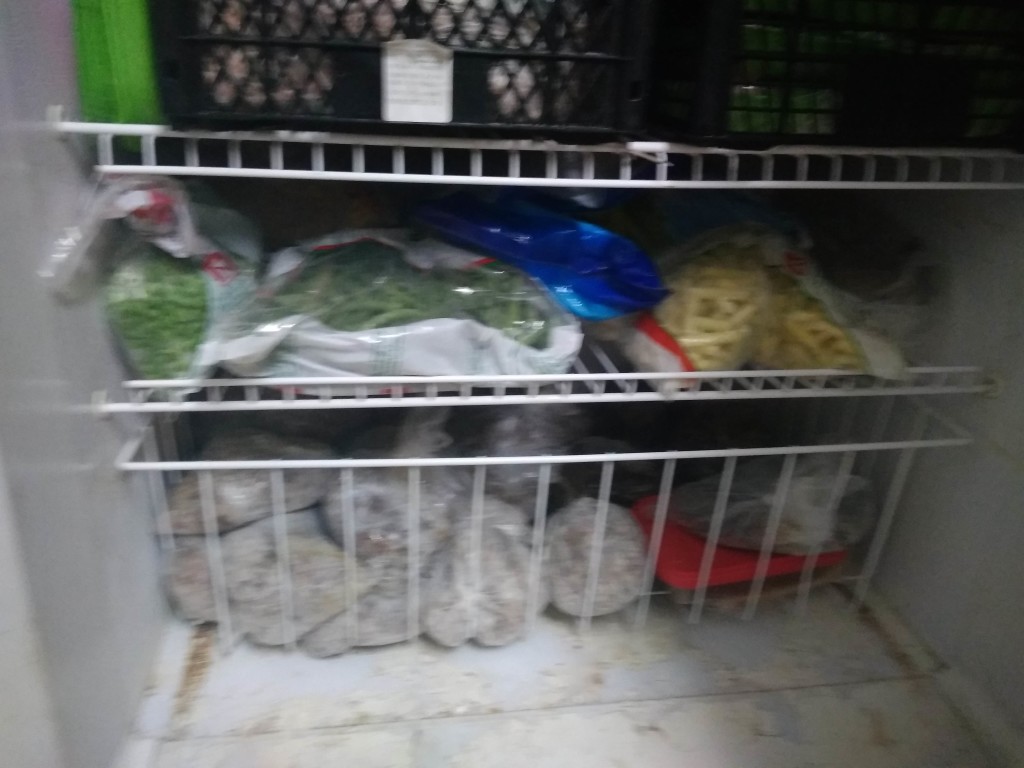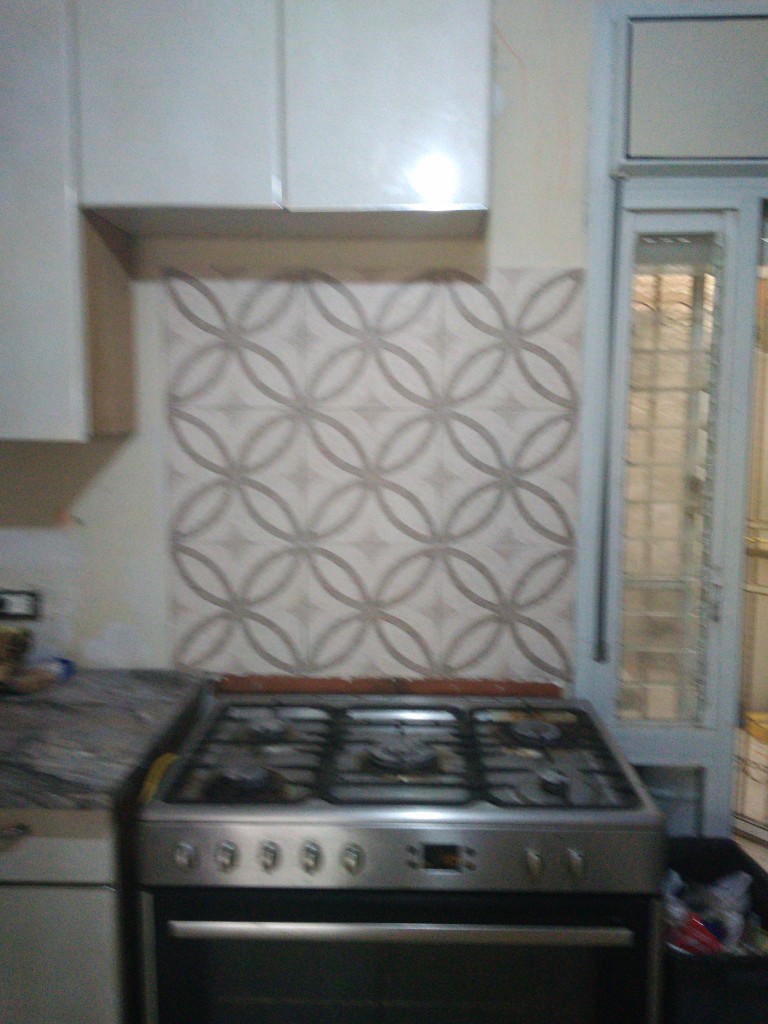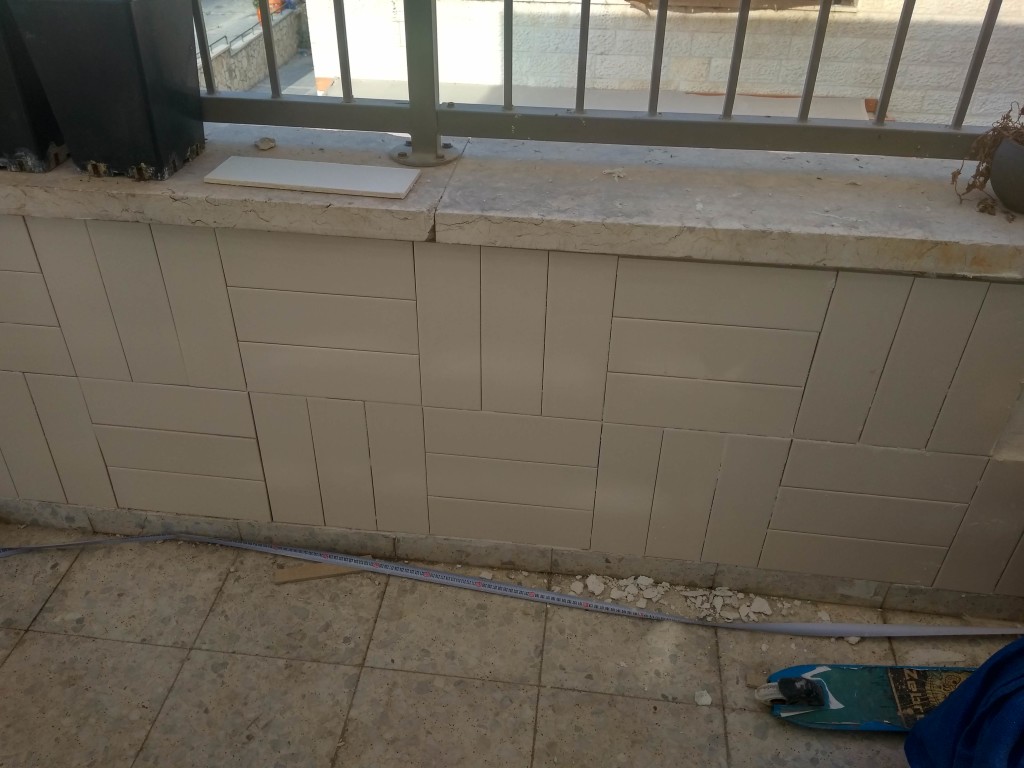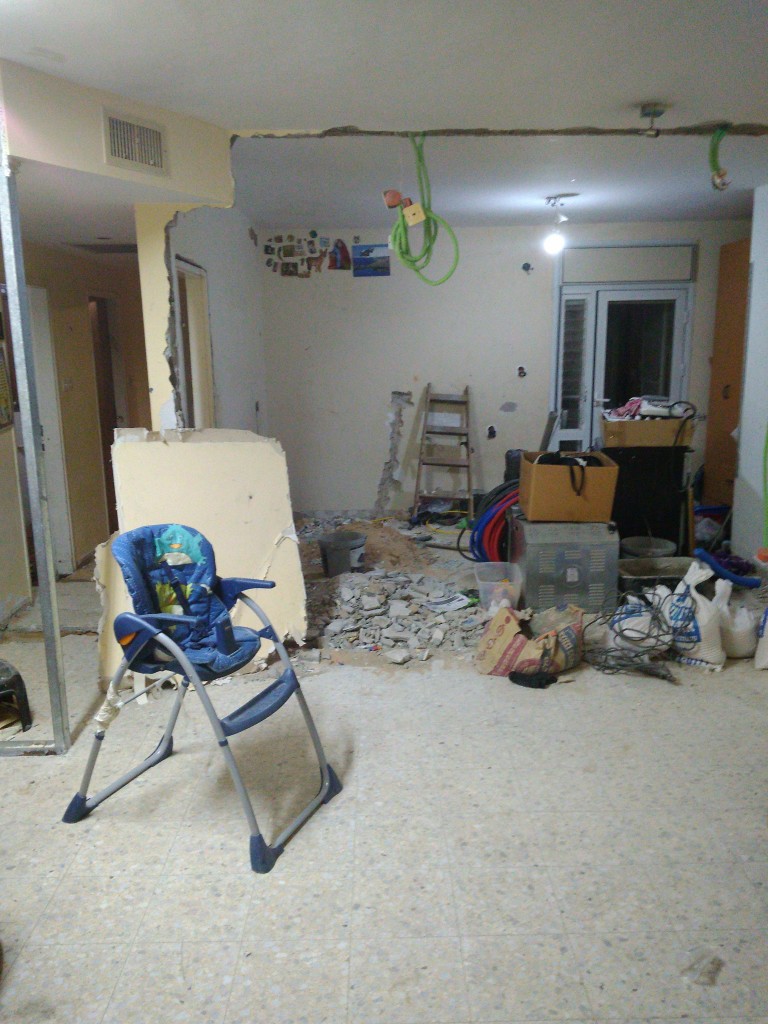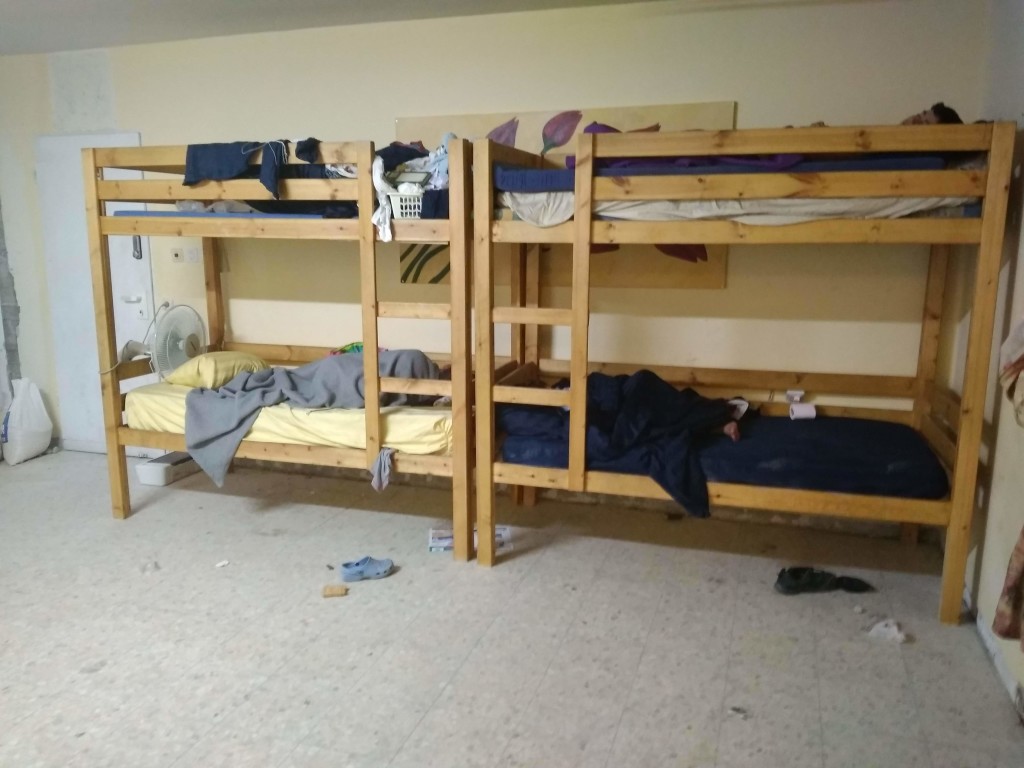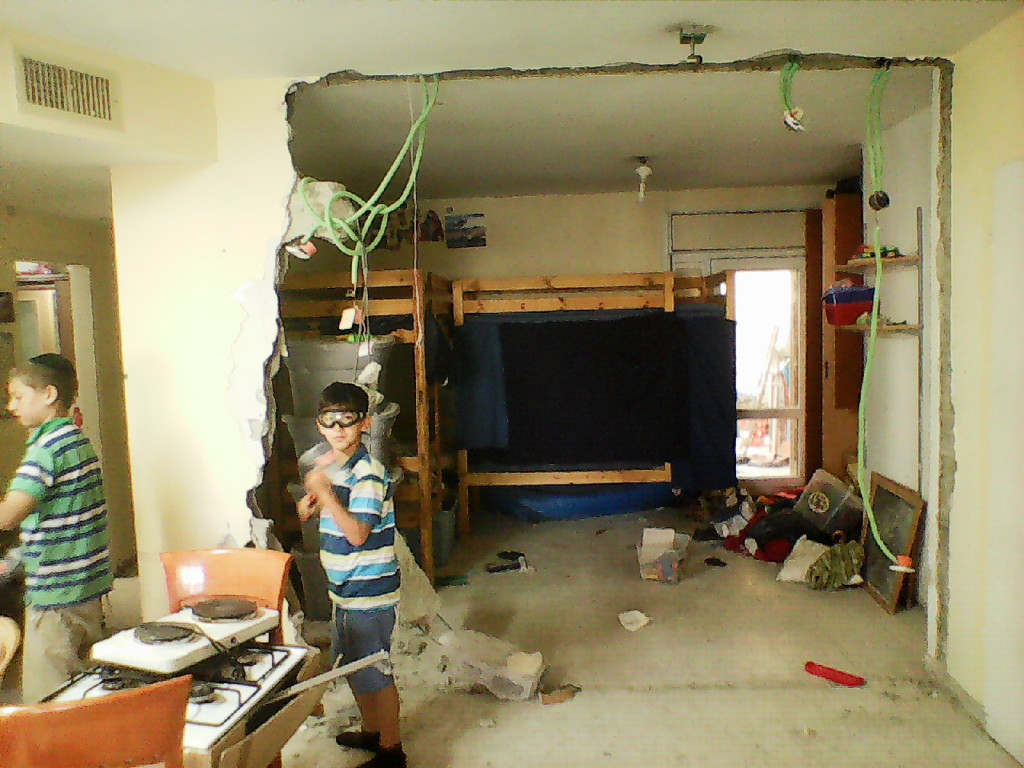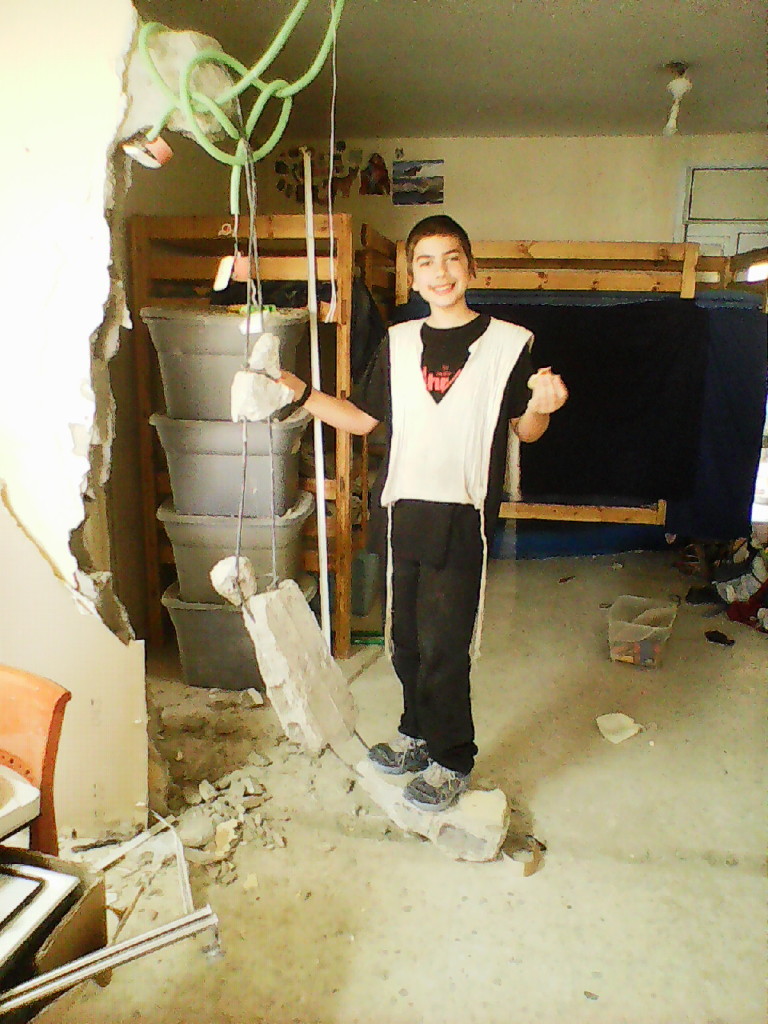Another week, another list of grocery expenses to share with you! I hope these lists help you see that it’s doable to cut your food bill without depriving your family and living off of pasta and beans. 🙂 I don’t shop anywhere special, just in the local supermarkets in my area. Everyone’s list will reflect their needs, buy by applying the various strategies that I’ve shared, it will really make a difference to your food costs.
This week I spent 954.25; this doesn’t include a few items my husband bought for about 30 shekels – he didn’t give me the receipt yet so I didn’t include it in my numbers. I aim to stay within 1000 shekels a week and including his purchases, it’s under that number. Let’s call it 985 total.
Here’s the breakdown:
Produce – 219.40:
- avocados, 2.60 kg x 6.90 – 17.94
- carrots, 3.88 kg x 2.90 – 11.24
- clementines, 8.70 kg x 2.90 – 25.23
- coconuts (3) – 11.90
- cucumbers, 4.43 kg x 2.90 – 12.86
- fennel, 5.65 kg x 2.90 – 16.39
- kohlrabi, 4.83 kg x 4.90 – 23.69
- onions, 3.66 kg x 5.90 – 21.59
- radishes, 2.31 kg x 4.90 – 11.34
- tomatoes, 4.5 kg x 3.90 – 17.69
- turnip, 1.30 kg x 1.90 – 2.48
- zucchini, dk green – 9.08 kg x 3.90 – 35.41
- zucchini, lt green, 2.98 kg x 3.90 – 11.64
Staples – 326.61:
- sugar (3) – 10.90
- oatmeal – 5.90
- flour (4 kg) – 10
- rice cakes – (2) – 22
- grape juice (1) – 11.20
- extra virgin olive oil (2) – 43.80
- white beans, dried, 1 kg (2) – 12
- chick peas, dried, 1 kg (4) – 19.60
- peanut butter, 1 kg (8) – 80 (yes, you read that right, 8 kg of peanut butter – it was a great sale, and when prices are this good it’s time to stock up!)
- diced tomatoes (4) – 20
- pickles (3) – 12.90
- mayonnaise – 29.90
- tomato concentrate – (6) – 24
- mustard – 7.50
- strawberry jam (3) – 5.70
- raisins – 8.40
- craisins – 6.67
- honey, 900 gr – 19.90
Refrigerator/frozen – 361.54:
- milk (2)- 10
- cottage cheese, 375 gr (6) – 36
- sour cream – (5 x 2.20) – 11
- cream cheese – 14.80
- hot dogs, 17.80 shekels per kilo – 28.48
- ground meat, 32.50 shekels per kg – 68.25
- whole chicken (8 whole, 12.66 kg x 12.90) – 163.31
- frozen corn, 1 kg – 9.90
- frozen peas, 1 kg – 9.90
- frozen green beans, 1 kg – 9.90
Non-food items- 46.70:
- toilet paper – 29.90
- tissue, 5 pack – 11.90
- garbage bags, roll of 25 – 4.90
This week ds11 accompanied me to a couple of stores. I had him work out the unit pricing for a number of items (real life math skills!). He was able to see how by paying attention to details, it’s possible to spend much less than other shoppers who aren’t noticing those details, even when shopping in the same store for the same things.
I’ve been noticing that I’m consistently buying more than I need in the produce department, and cooking too much food every night for dinner. It’s all those years of cooking for a big crowd, and I haven’t reset to a smaller amount when cooking for just 9 of us. I joked with one of my married daughters that as her family grows, she’ll be growing out of her starter pots at the same time that I’ll need to downsize from my big pots, and we can trade then!
Avivah
